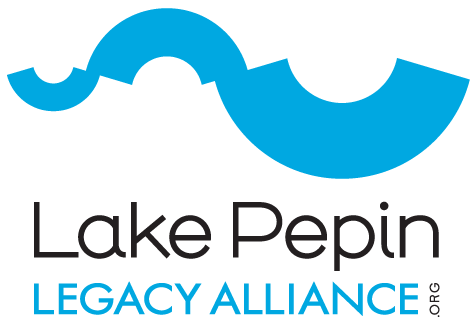By: Claire Hinther, St. Olaf ‘19
In many of my previous blogs, I have discussed the importance of no-till farming and other conservation farming practices. These practices are vital in maintaining and/or restoring soil quality, in part because they disturb soil only minimally, allowing soil organisms to thrive. As my mentor Dave Legvold wrote in a recent blog,
“[no-till farming] gives a friendly environment for a host of beneficial critters that enrich [the] soil through their chewing and churning organic matter into the soil.”
Iowa State professor, Dr. Jerry Hatfield, equates the work of soil organisms to the amount of soil turning, fertilizing, and treatment done by two African elephants per acre, per year. Even better - these organisms work for free!
Soil organisms can do much of the work that farmers attempt to do with harmful machinery that destroys soil and contributes carbon dioxide. Studies conducted by the United States Department of Agriculture (USDA) have measured the amount of carbon dioxide lost per acre during the first 24 hours after tillage, with significant differences recorded between traditional moldboard plowing (conventional tillage) and conservation practices including no-till. Carbon dioxide emissions come not only from the soil, but also from machine operations. Every gallon of diesel burned emits 22.4 pounds of carbon dioxide into the atmosphere.
Figure 1. Untilled agricultural soil shows evidence of activity by soil organisms including earthworms, garden worms, and macroinvertebrates such as beetles, sowbugs, centipedes. Other microfauna, microflora, bacteria, and algae are invisible to the naked eye, but provide a constant source of organic matter and biological activity within the soil.
Figure 2. Undisturbed crop residue provides a testament to the continuous work of soil organisms, with worm tunnels in the soil and stalks indicating the biological activity happening below the surface.
Claire Hinther is a senior at St. Olaf College in Northfield, MN. She is pursuing a double major in political science and environmental studies with a concentration in women’s and gender studies. A native of Missoula, Montana, she grew up hiking in Glacier National Park, biking in Western Montana and Idaho, and spending long days fishing and swimming the three rivers in her hometown. Through these childhood experiences, she has developed a deep love for the outdoors and a great appreciation for the value of our environment.



